Student Blog: Interpreting Experimental Archaeology
At Butser we regularly welcome students on placements and projects, and have recently hosted two archaeology masters students from the University of Southampton Department of Archaeology. Here they describe their student project to develop interpretation related to our latest Stone Age Horton House and experimental archaeology.
We are two archaeology masters students from the University of Southampton, placed at Butser Ancient Farm to gain experience working in an open air museum. In true lockdown fashion, we have been doing this placement virtually but luckily were able to visit Butser for the grand reopening in Easter 2021. The aim of our placement is to create information boards for use in the reconstruction of their Neolithic house; called Horton House. These information boards will provide insight into the experimental reconstruction process as well as Neolithic life.
But what is experimental archaeology? It is the experimental replication (interpretation) of practices from past cultures. The construction of Butser’s Neolithic house revealed the message at the heart of experimental archaeology - it is about interpretation. Butser’s house is one possibility out of numerous. We may never know which exact model was used in the Neolithic, or in fact if just one model was used! The design plans provided by Wessex Archaeology differed from the original design plans of Butser’s house, and in fact from the end product! All options were viable, and Butser’s phenomenal work epitomises the essence of experimental research, pioneered by its founder who was adamant that an ongoing challenge on the site is to “persuade people that they are actually visiting an open-air laboratory and not a reconstructed Iron Age village.” (Reynolds 1999: 125).
We designed three boards to tell a three-fold story of Horton House from how it was first used, to its excavation, and finally to its reconstruction. As children ourselves we loved the Horrible Histories and their comical portrayal of historical events, so we followed a similar format in order to engage the next generation in Butser’s experiments. Using our own experiences as well as the knowledge we have gained in museum and heritage modules from our degree, we are confident that this will provide an excellent resource which will enhance and complement the wonderful work they are already doing at Butser.
Kirsty Batson and Jessica Coughtre
Many thanks to Kirsty and Jessica for their hard work and enthusiasm on this project and in talking to our visitors.
Butser Ancient Farm is now open if you would like to come and see their interpretation panels and the Horton House in person!


